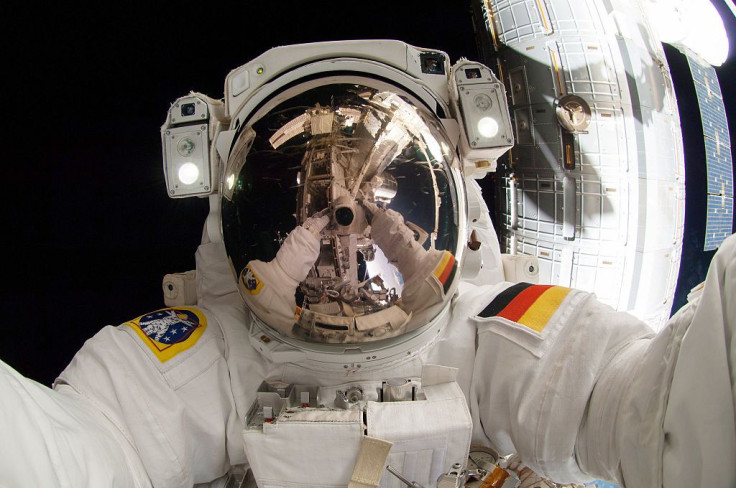New NASA Study Reveals Fatal Effect Of Mars Mission On Astronauts

A new study carried out by NASA revealed how long spaceflights can cause astronauts’ blood flow to completely stop or even move backward. The findings could affect the agency’s plan to launch a human expedition to Mars.
NASA’s latest study was published in the JAMA Network, which is a journal managed by the American Medical Association. For the study, the agency examined 11 astronauts who previously carried out missions aboard the International Space Station for about six months.
According to the agency, the study was conducted after receiving reports from astronauts who complained about impaired eyesight and blurry vision after spending time in space.
Through the examinations, which involved ultrasound assessments, NASA discovered stagnant or reverse blood flow in seven astronauts. The agency noted that the anomalies were found in the subjects’ left internal jugular vein, which is a major blood vessel that drains the blood from the neck, face and brain.
For NASA, the findings came as a surprise especially since many previous studies have already been conducted regarding the effects of long spaceflights on the human body.
“This was an unexpected finding,” Michael Stenger, the head of the Cardiovascular and Vision Laboratory at NASA’s Johnson Space Center in Houston said according to NBC News.
“We did not expect to see stasis and reverse flow,” he added. “That is very abnormal. On Earth, you would immediately suspect a massive blockage or a tumor or something like that.”
Dr. Andrew Feinberg of the John Hopkins University School of Medicine, who was not part of the study, warned that reverse blood flow and stagnation could lead to the development of clots in the jugular vein. These clots could reach the lungs and cause serious complications such as pulmonary embolism.
NASA’s latest discovery could have major effects on its upcoming mission to Mars. As previously noted by the agency, a one-way trip to the Red Planet could take eight to nine months, which means astronauts would be more vulnerable to developing reverse blood flow.
The agency is hoping that the new study would lead to the development of new methods and treatments that are aimed at protecting the health and well-being of astronauts during their long-duration space missions.
© Copyright IBTimes 2025. All rights reserved.





















